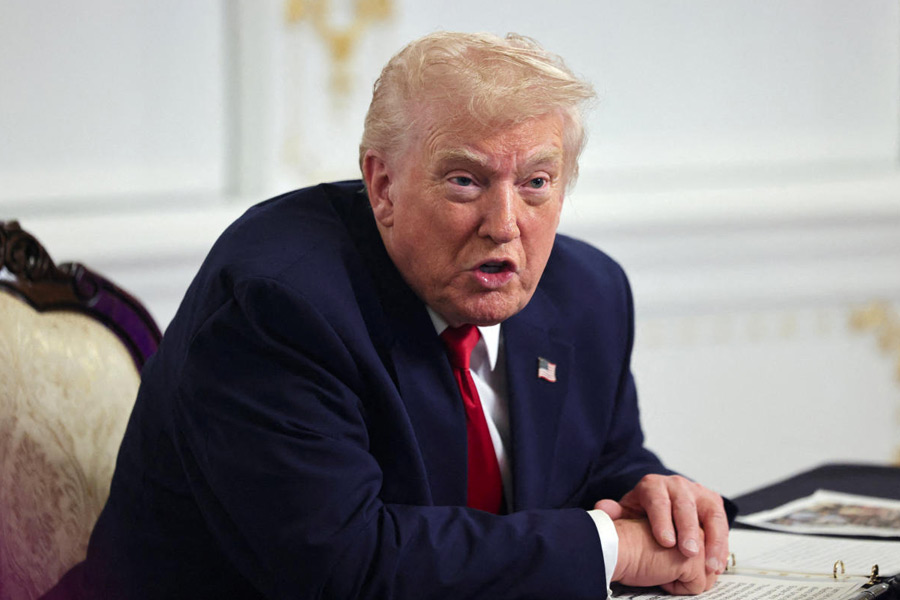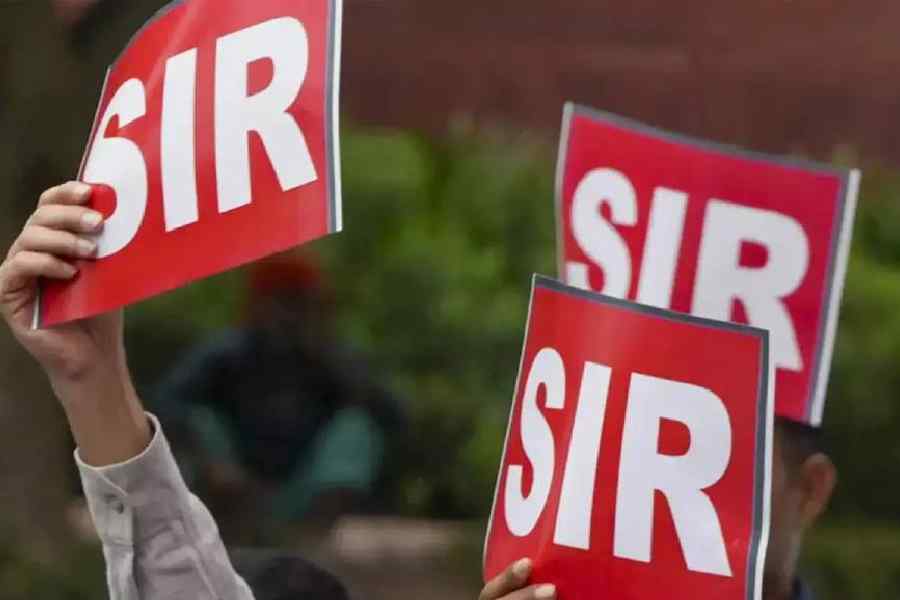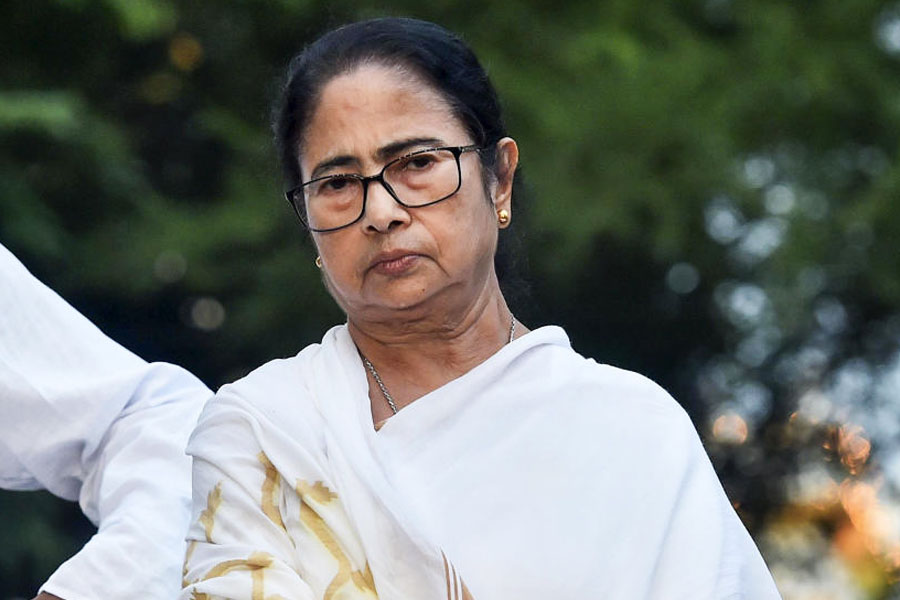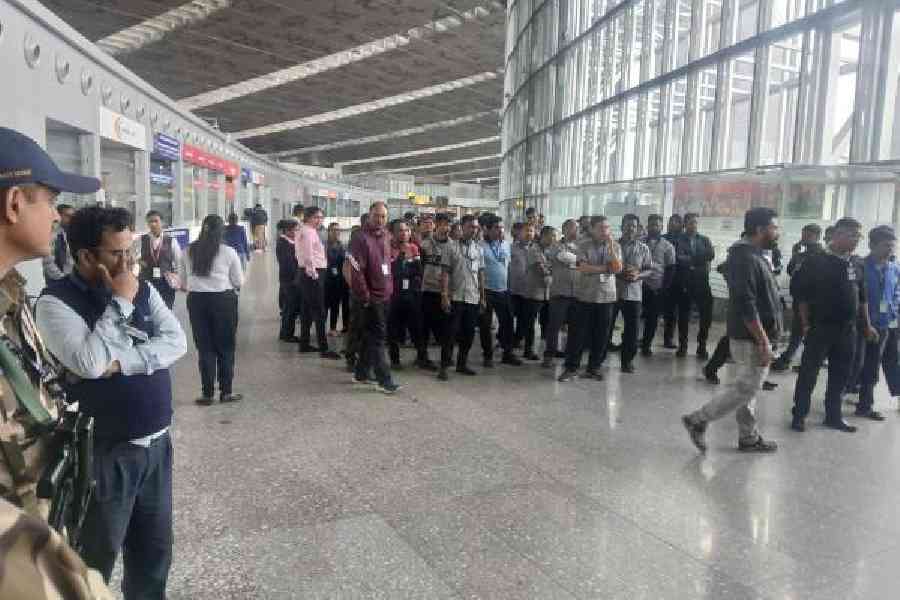 |
 |
| SAVE THE RIVER: A water treatment plant and (bottom) land acquired for the new project |
 |
There is a cluster of villages along the banks of the Ganga a few kilometres outside Varanasi. Most of them are farming villages, flanked by fields. But between the villages of Naipura and Ramana is a vast stretch of uncultivated land — an oddity in an area where most land is farmed. This is the site of a new sewage treatment plant (STP) being built as part of the National Ganga River Basin Authority’s (NGRBA) attempt to clean up the mighty river.
Not to be confused with the older, largely ineffective, Ganga Action Plan (GAP) initiated in 1985, the NGRBA was set up in February 2009. Unlike the GAP, the NGRBA plans to clean up not just the main stem of the river, but the tributaries and distributaries that feed into and flow away from it.
The World Bank too is supporting the project. Earlier this year, World Bank president Robert Zoellick met minister of state for environment Jairam Ramesh and agreed to give $1 billion for the National Ganga Project, which is part of the NGRBA. While no official figures are available on the amount the Indian government has earmarked for the scheme, estimates suggest that it could go up to Rs 40,000 crore.
“The NGRBA is packed with powerful political players, and we can hope they will make sure it succeeds,” says Sripad Dharmadhikary, a Pune-based activist.
The NGRBA is headed by Prime Minister Manmohan Singh and includes several Union ministers, chief ministers from the five states through which the Ganga flows, and experts from environmental bodies and local community groups.
The clean-up is an urgent requirement because of the massive amount of pollutants contaminating the river. When the Ganga Action Plan was launched, government statistics showed that the amount of sewage being dumped into the river was around 661 million litres a day (MLD). By 2008, this had risen to 1,288 MLD and is estimated to reach 1,699 MLD by 2020. Currently, around 40 per cent of India’s population lives in the Ganga river basin.
One reason activists like Dharmadhikary are optimistic about the NGRBA is that the government seems to be drawing up the roadmap for the clean-up in a systematic manner. It has already roped in seven Indian Institutes of Technology to draft the plan. The NGRBA, which seeks to ensure that nothing blocks the flow of the river and its arteries, is also supposed to preserve the river ecologically, making sure that riverine wildlife is not harmed.
The NGRBA can clearly be more effective than GAP. “The goals of the GAP were vague,” says Rakesh Jaiswal, president of Eco Friends, a Kanpur-based non governmental organisation focusing on water issues. “Initially, GAP aimed at improving river water quality, but there was no mention as to what extent it would be done. This was later revised to a level that would safely allow people to bathe.”
Jaiswal, however, is not very optimistic about how far the NGRBA will be successful. “GAP was limited to the river’s main stem. Despite that the river could not be cleaned. Yet they are now claiming that they can reduce the pollution content of not just the main stem but also that of the entire river basin — and that too, by 2020.”
He also contends that packing NGBRA with power players doesn’t amount to much. Jaiswal points out that the chairperson of the GAP’s apex body, the Central Ganga Authority, was the Prime Minister. “It was supposed to hold a meeting every year, but not one meeting was held in the past 10 years. I don’t see how everything will suddenly start working fine with the NGRBA,” he says.
An Eco Friends study in 2000 at the end of the GAP’s first phase, he adds, showed that the STPs in Uttar Pradesh had cleaned up only 35 per cent of the sewage going into the river. “This was in stark contrast to a government survey done earlier that claimed 70 per cent of the sewage being dumped into the river was being treated.”
Rajesh Singh, a former advocate of the Calcutta High Court, who lives in Ramana village near Varanasi, points out that most villagers in the area are sceptical about the current project. “The Uttar Pradesh Jal Nigam has been telling us that they are once again going to start cleaning up the Ganga. But no one is told how much land will be lost, or what the potential problems of living so close to an STP are,” says Singh.
Most activists want the NGRBA to involve local groups and communities. Ramesh, a boatman from Varanasi, started an NGO called the Ganga Putra Jan Kalyan Seva Samiti six years ago to drain out as much solid waste from the river as possible. But it’s been a futile effort, he says.
“We keep trying to clean the river. But without more support, we can’t match the amount of garbage that ends up in the river. We are only 100 people, whereas God knows how many people pollute it,” he says.
Of course, cleaning a river like the Ganga is a daunting task. “Global experience shows that river clean up is always lengthy and costly,” says a World Bank source. The Rhine required over 40 billion euros from 1970 to 1990 for the construction of municipal and industrial wastewater treatment plants alone, he says. “The clean-up of the Danube is still continuing, 12 years after the project was launched.”
Clearly, freeing the Ganga from the daily influx of muck will not be easy. Still, if the government has learnt from earlier mistakes, we may yet live to see the day when the river looks as pristine and holy as it is fabled to be.










